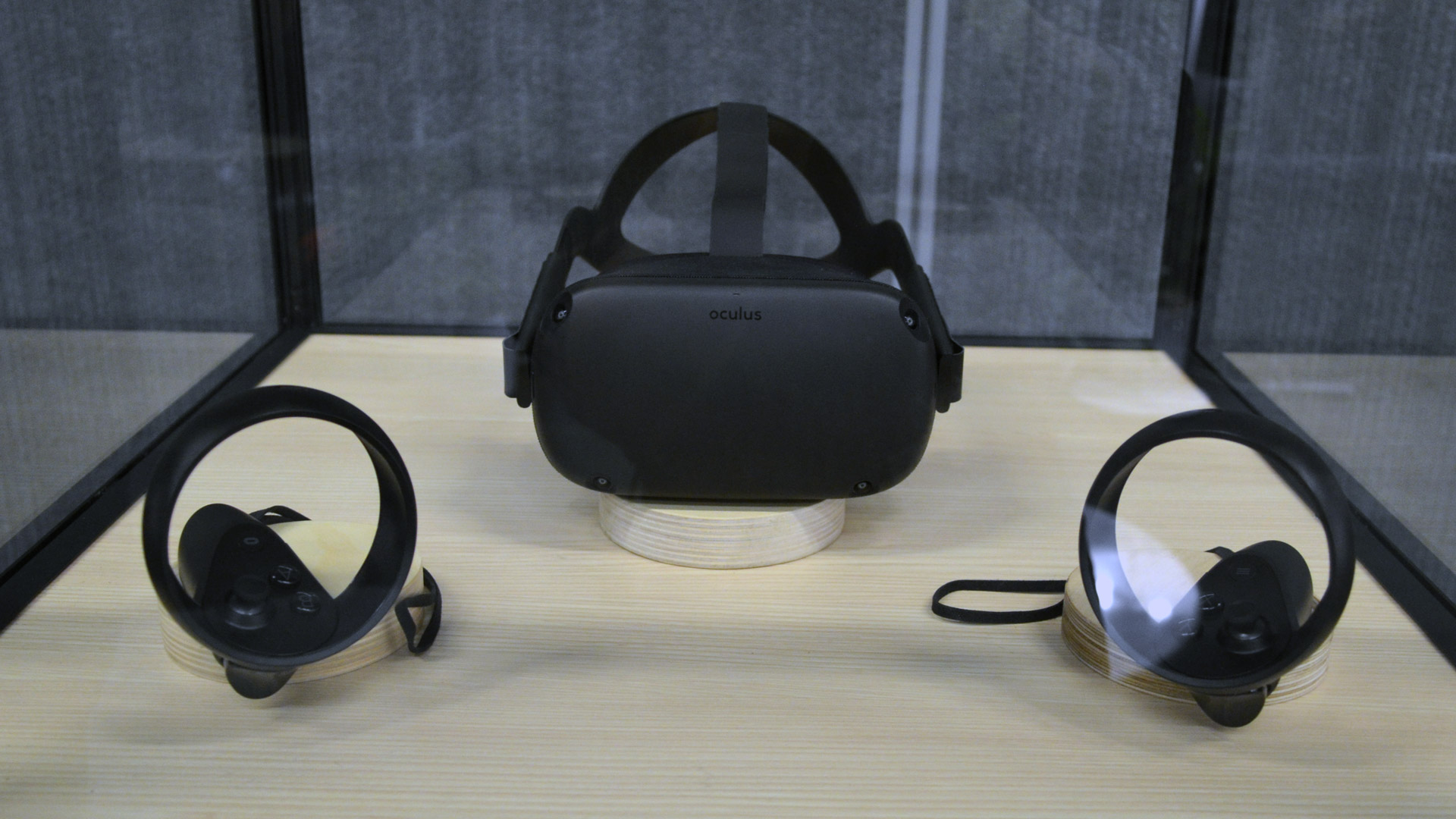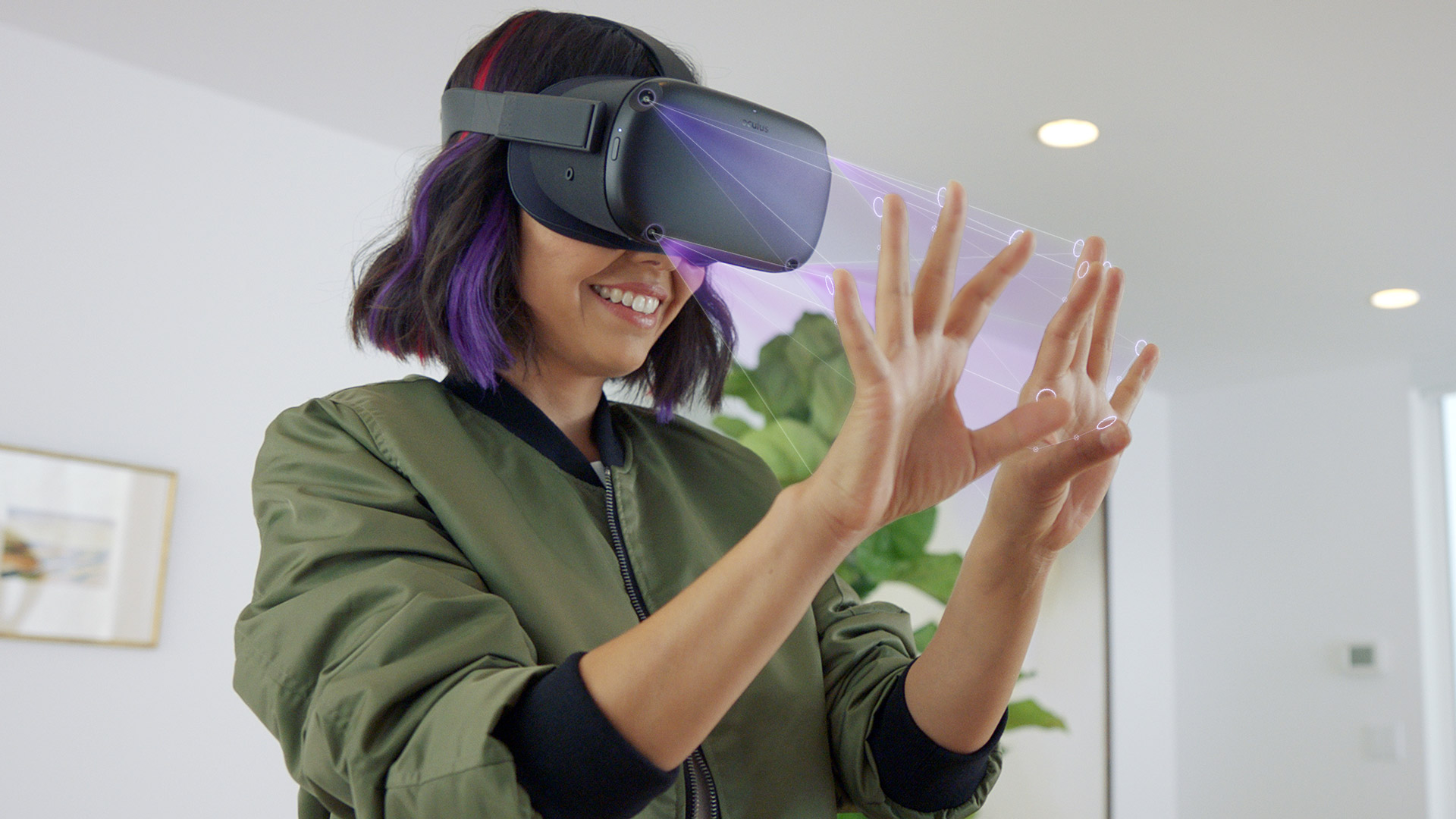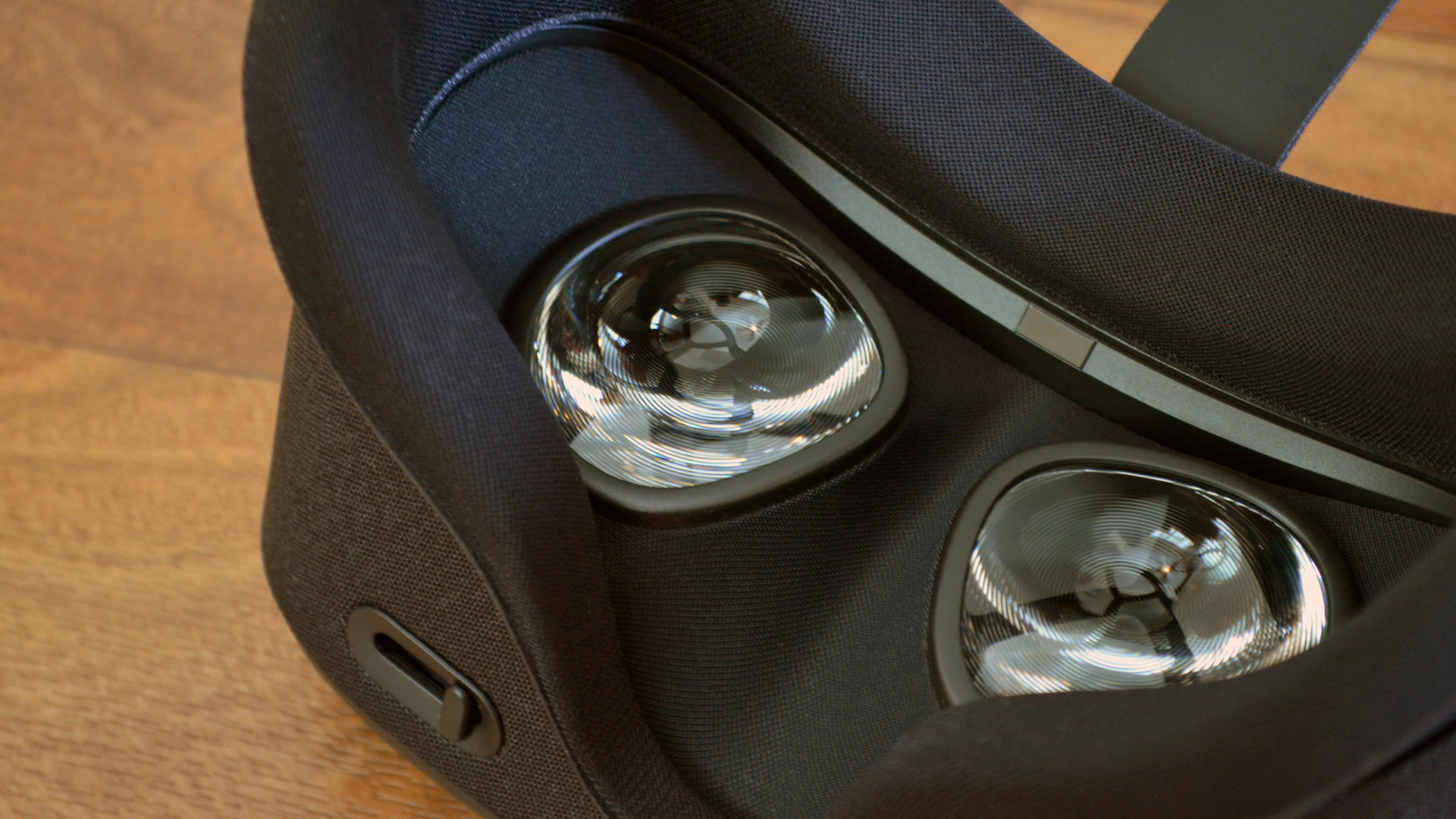Would you wear the same pair of underwear multiple months in a row, sitting in the flaked remains of your dried sweat and bodily detritus which has justifiably ejected itself from your filthy human body? Don’t answer that! Whatever your personal hygiene regime, your VR headset is probably a hotbed of disease and pestilence. And it must be cleansed.
All joking aside, it’s pretty impractical to completely sterilize your headset—no matter how germaphobic you may find yourself these days—but you can still get peace of mind with a thorough cleaning and a few preventative measures to make the process easier next time around.
The Enemies
- Macro gunk – the things you can see or feel, such as oily secretions called sebum, salt from evaporated sweat, hair, dead skin cells, makeup, dust, etc. These have a good chance of working their way into every crevice, but you’ll most likely find them ground into the facial interface foam, nose guard, on the lenses and the interior area around them.
- Micro gunk – the things you can’t see or feel, including pathogens like viruses, bacteria, protozoan, or fungus. Micro gunk absolutely loves macro gunk, so keeping a headset clean helps reduce growth & transfer of your face garbage from one person to another. It’s also good habit no matter what’s going on outside, pandemic or otherwise.
How to Clean Your VR Headset

You can clean a headset by wiping it down to remove the macro gunk and mostly go about your life unphased, provided you’re making sure to keep good hand hygiene, i.e. washing your hands for at least 20 seconds, using hand sanitizer, and making sure not to touch your face. Sanitizing after a suspected encounter with an unwanted pathogen is a different story, but we’ll get to that in a bit.
Headset manufacturers have their own cleaning guidelines, however there are some general tips you should consider:
Don’t
- Don’t use harsh abrasives or solvents such as alcohol, acetone, etc. These can damage glue holding fabrics together and many types of plastics, leaving a frosted, ugly residue that you really don’t want, especially on your lenses.
- Don’t use household cleaners like Clorox wipes. It may be tempting since they’re readily available, and most polymers shouldn’t react with non-bleach Clorox wipes, but you don’t want the wipes’ chemical irritants anywhere near your eyes, breathing pathway, skin etc. Using Clorox wipes on hard plastics like the headset’s outer surface and controllers is probably totally fine, but keep them away from the facial interface, lenses, and nose guard.
- This one’s controversial, but don’t use compressed air. Not only could you risk blowing more garbage into the inside recesses of your headset than you actually intended to remove, but the fluorocarbon-based propellant inside the can may damage plastics if they spurt out accidentally in their liquid form.
Do
- Use a lint-free cloth to do the lion’s share of the work, both inside and out. Remember: lenses can scratch easily, and should only really be cleaned with the included microfiber cloth or a lint free cloth, cleaning in gently expanding circles.
- Use nonabrasive antibacterial wipes on everything but the lenses. Great for cleaning all styles of gunk.
- Take off removable parts and clean separately. If you can comfortably remove a part from your headset, like a facial interface, nose guard, or light blocking guard, it may help to remove these pieces so you can get into all the crevices, both on the part itself and where the part snaps in.
- Take preventive measures such as buying a VR cover for your facial interface, or an entirely new facial interface with an easy-to-clean surface like PU leather (aka pleather). Manufacturers almost universally sell VR headsets with spongy foam facial interfaces that soak up sweat and grime, so this is a great way of keeping your headset clean in the long run. You’ll find a load of them on Amazon, eBay, and from specialized vendors such as VR Cover.
Going deeper: Killing Microbes

There are a few ways to mostly sterilize your headset, but you may be better off focusing on keeping it generally clean unless you suspect it’s been exposed to a nasty pathogen. While we’d rather point you to the WHO or the CDC for advice on something so dire, here’s a few tips to consider in addition to your own research:
Alcohol-free Antibacterial wipes: Non-alcohol based antibacterial wipes are perfect for cleaning facial interfaces, both foam and less porous surfaces like PU leather, and there are actually some on the market specifically designed for the task. VR Cover sells alcohol-free, hypoallergenic and unscented wipes just for the job. These include hydrogenated castor oil however, which may leave some residue on lenses.
Ultraviolet Light: The nuclear option. Short of baking your VR headset in an oven (don’t do that), you can sanitize pretty much anything with UV radiation, namely UV-C radiation. UV-C light destroys the molecular bonds that hold together the DNA of viruses and bacteria in a matter of minutes, and is used in hospital settings for that purpose, as well as in nail curing boxes to quickly dry nail polish. You can pay up to $200 for a UV-C box from manufacturers like PhoneSoap, which offer a box big enough to fit a VR headset, or you can make one yourself. This UV-C Shoebox Instructable shows the basics of how to go low-tech with a UV-C light, cardboard, and some aluminium foil. Like with ordinary sun rays, it’s probably best to cover the lenses if you go this route because of possible damage to the displays. Never look directly at a UV-C light either. Eyeballs are important.
Quarantine your headset: Maybe you lent your headset to a friend who has a virus, cold, whatever. One of the lowest tech solutions is to simply put down the headset and leave it be. According to a study from the Nation Institutes of Health (NIH), the coronavirus (COVID-19) has been observed live up to four hours on copper, up to a day on cardboard, and up to three days on plastic and stainless steel. Don’t burn it with fire, or smoother it with hand sanitizer. Follow the steps above, and maybe take a rest from VR for a little while if you think your sick little cousin coughed inside it.
– – — – –
Having gone to tradeshows for the past five years and undergoing hundreds of VR demos from headset manufacturers such as Oculus, HTC, Pimax, Google, and more, I can say that I’ve personally seen staff use isopropyl alcohol wipes for quick and easy sanitation. I hesitate to offer that advice to anyone with a headset for personal use, simply because these companies are prioritizing user safety over device longevity. Whatever the case, make sure to check your manufacturer’s guidelines so you don’t void your warranty.
